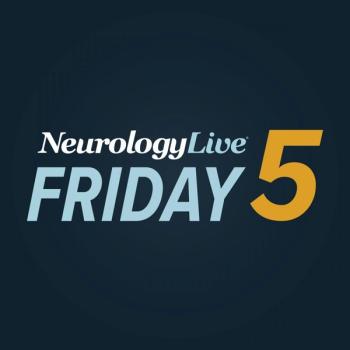
Take 5 minutes to catch up on NeurologyLive®'s highlights from the week ending October 7, 2022.

Take 5 minutes to catch up on NeurologyLive®'s highlights from the week ending October 7, 2022.

When hydromethylthionine mesylate was compared with publicly available placebo decline data, the treatment effects of cognitive and functional decline are about 3-fold larger over 18 months.

The neurologist at the University of California, San Francisco offered an overview of the State of the Science Summit that was held on September 28, 2022, featuring a panel of expert clinicians. [WATCH TIME: 7 minutes]
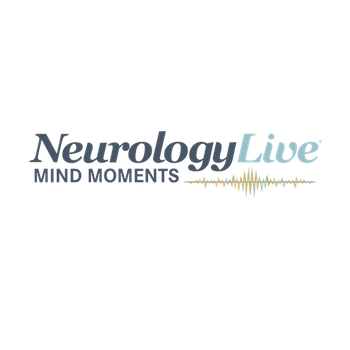
Mind Moments®, a podcast from NeurologyLive®, brings you an exclusive interview with Yuri Maricich, MD, MBA. [LISTEN TIME: 30 minutes]
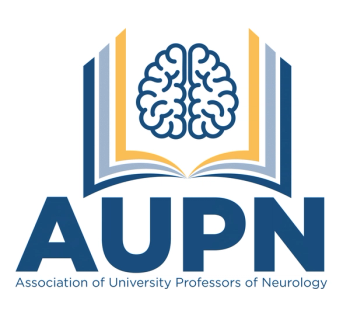
Glenn Graham, MD, PhD; and Sharyl Martini, MD, PhD, moderate a discussion with 4 clincial experts to advance specialized clinical care, education and research for Veterans with movement disorders, multiple sclerosis, epilepsy and seizures, and headache. [WATCH TIME: 1 hour, 52 minutes]

Expert clinicians offer their perspectives on developmental milestones for children, the NMSOD patient perspective, effective treatments for insomnia, ALS, diabetic and inflammatory neuropathies, and lecanemab in early Alzheimer disease.

Recent findings from a network meta-analysis suggest that high flow oxygen is more efficacious when compared with low flow oxygen for headache relief.

A narrative review revealed that cluster headache trials have been limited thus far, and that future trials should include novel outcome measures and adjusted end point timing.
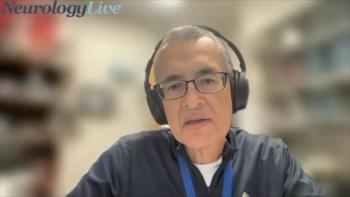
The professor of neurology at Johns Hopkins Medicine provided an in-depth look at the 2022 RNDS and the unique design it offers patients with rare neuroimmune disorders. [WATCH TIME: 3 minutes]

The RNDS, created to bring together those with rare neuroimmune disorders and clinical community together, is a 3-day hybrid educational event held October 7-9 in Los Angeles, California

In 2 phase 3 randomized placebo-controlled trials, findings showed that although crenezumab was well tolerated, it did not reduce clinical decline in participants with early Alzheimer disease.

Nicholas Silvestri, MD, clinical professor at the University at Buffalo discussed topics related to the expansion of treatments for myasthenia gravis and the positive outlook of managing the disease.
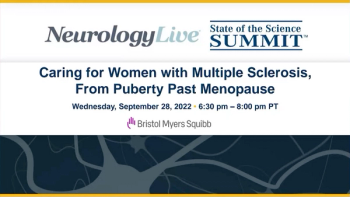
Chaired by Riley Bove, MD, of the University of California, San Francisco (UCSF), the presentations also feature Emmanuelle Waubant, MD, PhD, of UCSF; William L. Conte, MD, MS, of Methodist Hospitals; and Maria K. Houtchens, MD, of Harvard Medical School. [WATCH TIME: 1 hour, 31 minutes]

A national survey showed in its findings that NSAIDs alone and dopamine receptor antagonists are used commonly for treating primary headache disorders in Canadian emergency departments.

In a recent phase 2 study, 6-months of ketogenic diet for people with relapsing multiple sclerosis resulted in a significant reduction in weight, fatigue, and depression, and improved quality of life.

The clinical program manager at the Jefferson Center for Neurorestoration discussed a new approach to restoring arm function using a powered arm brace and muscle stimulation system.
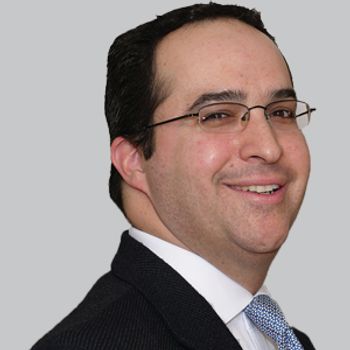
No statistical differences were found between REN and the standard of care medications, in any of the effectiveness outcomes of pain single-treatment pain relief and pain freedom, nor in consistency of pain relief and pain freedom.

Catch up on any of the neurology news headlines you may have missed over the course of the last month, compiled all into one place by the NeurologyLive® team.

In a phase 3 trial, ULTIMATE I and II, ublituximab resulted in lower annualized relapse rates and fewer brain lesions on MRI than teriflunomide among participants with relapsing multiple sclerosis.

The clinical program manager at the Jefferson Center for Neurorestoration discussed certain scenarios in which the NuroSleeve system may not be applicable for patients with neurological disorders. [WATCH TIME: 3 minutes]

Danielle Kipnis, MA, of Columbia University, discussed the practice of yoga for people with functional neurological disorders from her research and recommendations for future studies in the field.
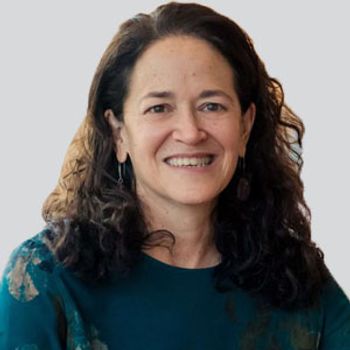
Despite not meeting its primary and secondary end points, CNM-Au8 will continue to be evaluated in an open-label extension in HEALEY ALS and could potentially be offered in an expanded access protocol program.

With diagnosis rates of Alzheimer disease increasing, Tabby Khan, MD, MPH, spoke to the need to focus on cognitive decline in younger patient populations.

Experts such as Brenda Banwell, MD; Sean Pittock, MD; and Michael Levy, MD, PhD, cover topics related to differences in rare neuroimmune disorders, how they're approached and treated.

Findings from a nonrandomized controlled trial in the Netherlands suggest that sleep time of hospitalized patients may be significantly improved with nonpharmacologic interventions such as the postponement of morning vital sign checks and medication administration rounds from the night to the day shift.
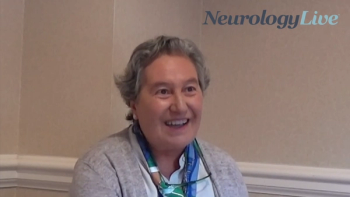
The professor of Neurology and Pediatrics at University of Rochester Medical Center discusses the progression of new treatment for Duchenne muscular dystrophy and provides suggestions for moving forward with research in the field. [WATCH TIME: 5 minutes]

Here's some of what is coming soon to NeurologyLive® this week.

Designed to treat the underlying cause of FSHD, AOC 1020 will be evaluated on safety, tolerability, pharmacokinetics, and pharmacodynamics in a cohort of 68 adults with the disease.
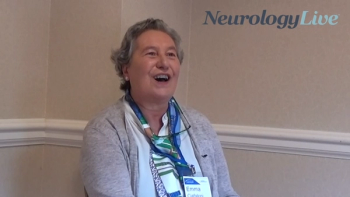
The professor of neurology and pediatrics at University of Rochester Medical Center gives some recommendations for the improvement in clinical trial design for patients with rare diseases such as Duchenne muscular dystrophy. [WATCH TIME: 5 minutes]

Test your neurology knowledge with NeurologyLive®'s weekly quiz series, featuring questions on a variety of clinical and historical neurology topics. This week's topic is general neurology, related to the recent 4th Annual International Congress on the Future of Neurology®.